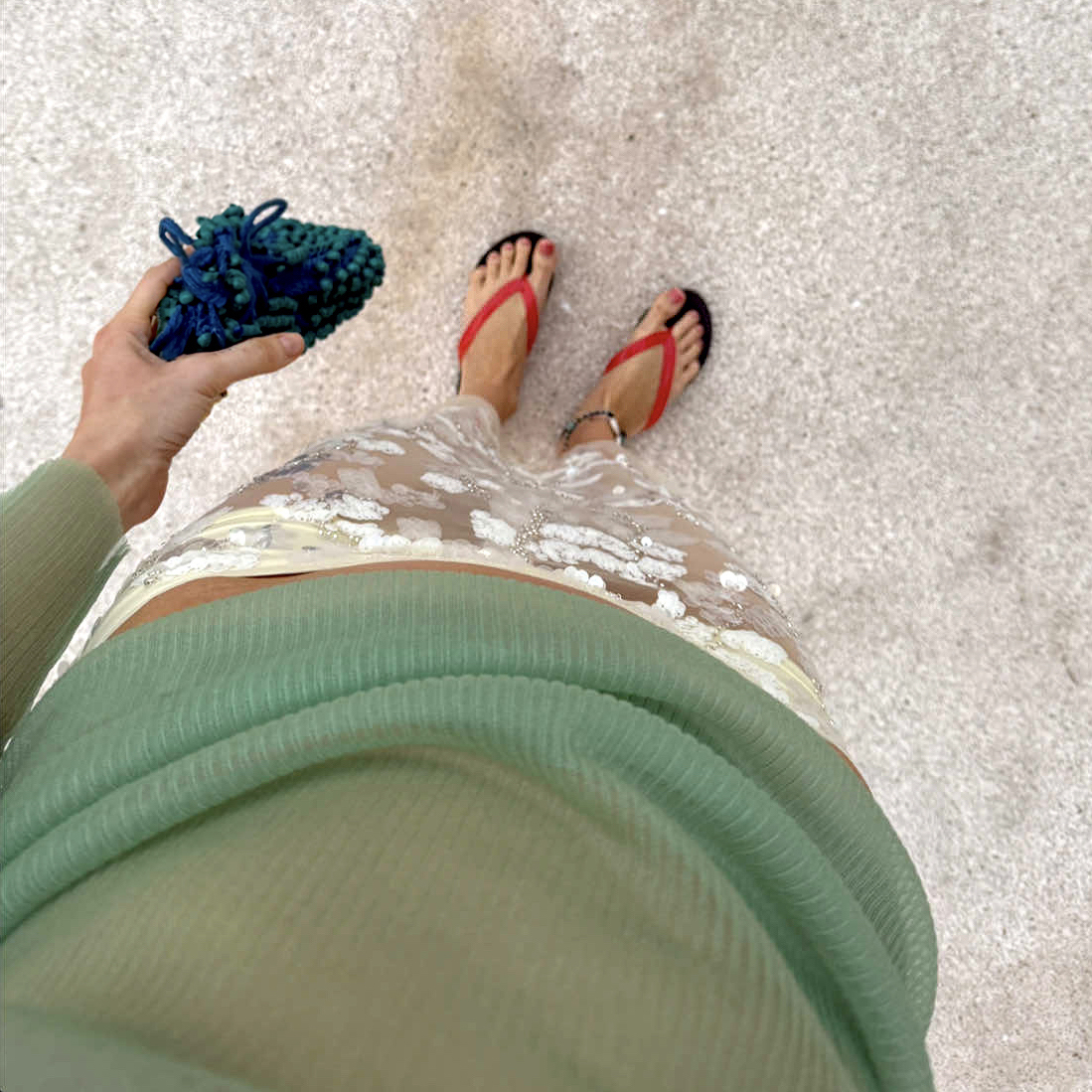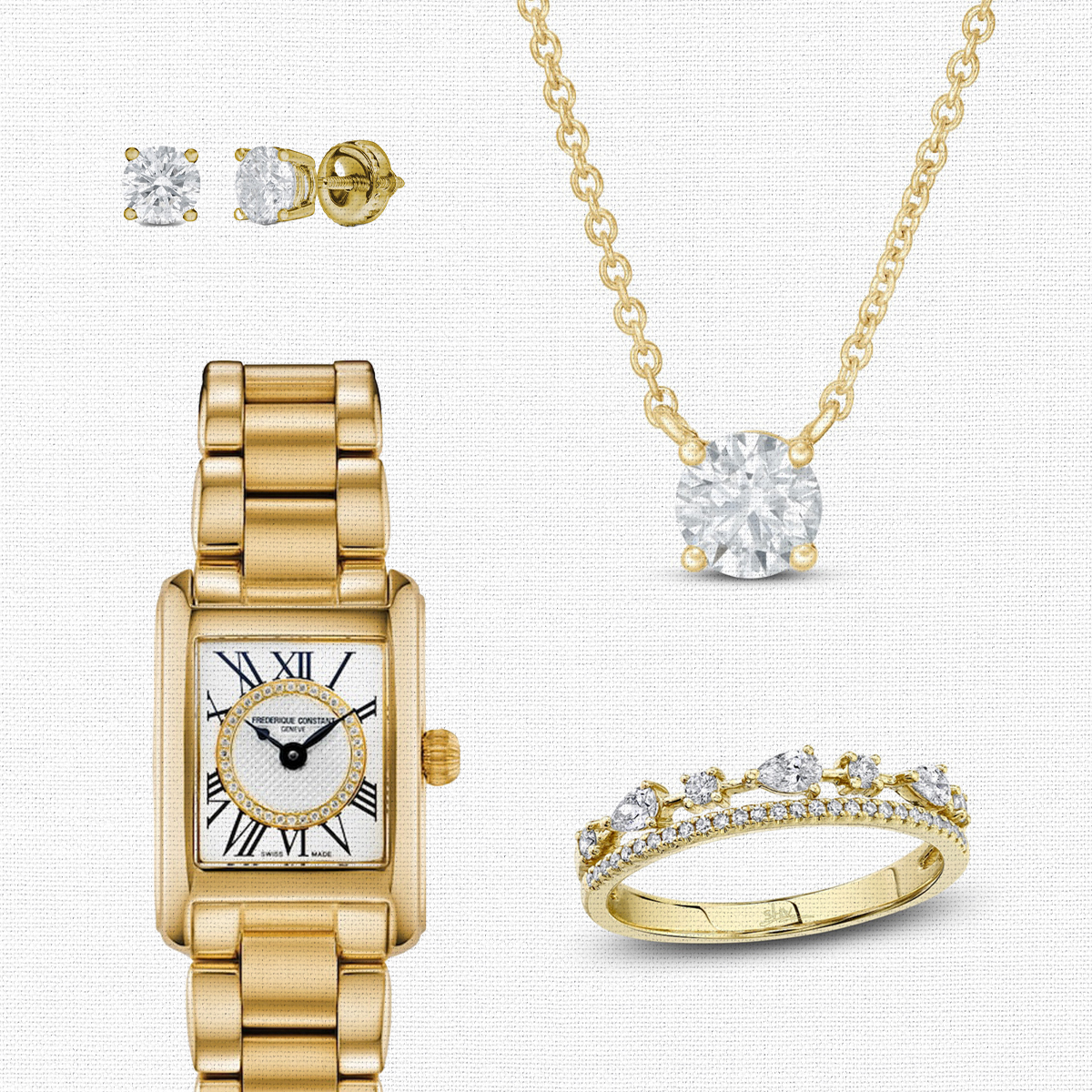6 Common Toxins to Avoid in Your Skincare Products
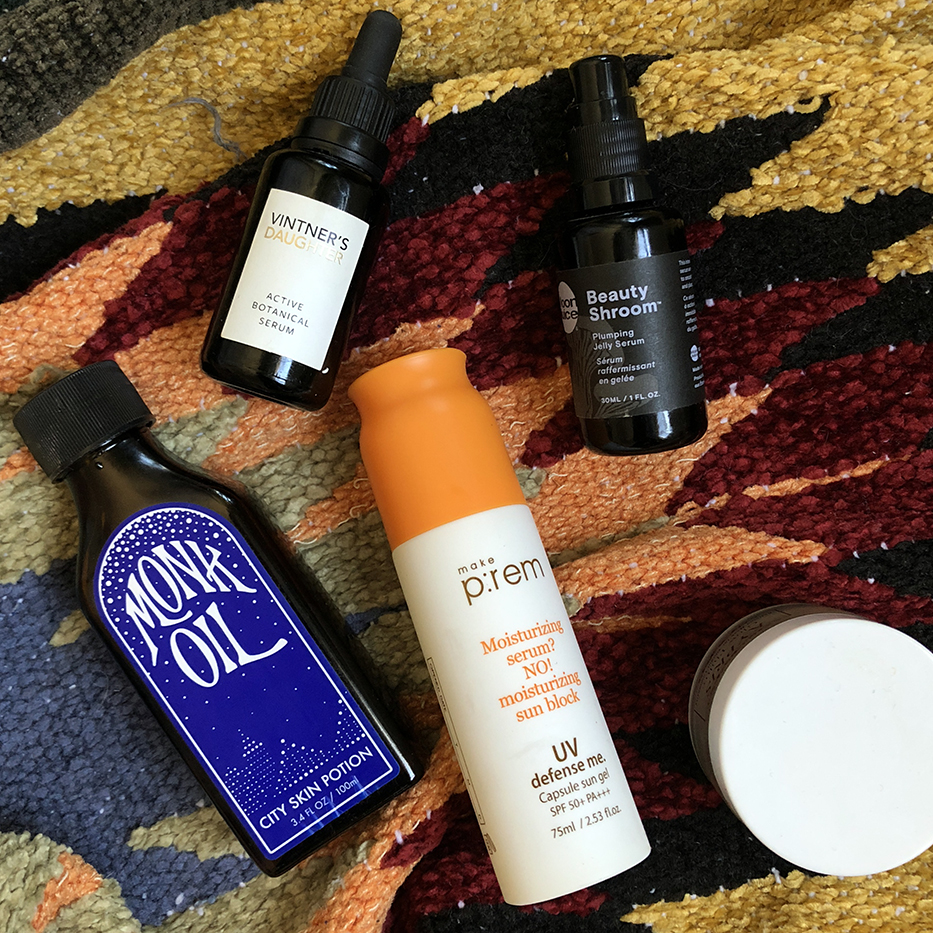
We can all see the connection between a clean diet and our wellness, but what about the importance of clean beauty?
I recently sat down with Kandee Johnson, an age-defying YouTube star, esthetician, and makeup artist, and she got candid about her lifelong attention to beauty rituals, which began with skincare at the age of 13. She emphatically pointed out that your skin is, after all, your body's largest organ. Yes, how you treat your skin impacts its endurance and appearance over the long term, but thanks to our skin's absorptive properties, Johnson was referring to the fact that what you're putting on it matters, too.
For years, we have been unknowingly exposing ourselves to health-harming chemicals. Hidden in our toiletries, cosmetics, and skincare products, these nefarious toxins absorb straight through the skin and into our bloodstreams. The health consequences are no joke, either; they range from inflammation and moisture loss to hormonal imbalances and potentially even cancer.
Erin Cotter, senior VP of beauty at Goop, explains, "There is a huge movement toward health and wellness, and women are thinking about beauty from a holistic perspective. They are conscious of what they put in their body, how they treat their body, and then, what they put on their body." She continues, "For Goop, clean beauty means that we have identified a list of ingredients that we screen against. Our goal is to provide our consumers with thoroughly vetted products that are beautiful, efficacious, and [made] without any ingredients that pose a risk to human health."
Similarly, responsible retailers like Credo Beauty, Follain, and The Detox Market have risen to prominence by selling expertly curated, nontoxic beauty brands and products. Still, there is no beauty bible or reference to outline those red-flag ingredients that pose health risks—making the already challenging task of identifying these ingredients even more difficult, notes Melanie Petschke, nurse practitioner and co-founder of Crunchi. "[T]hey are often disguised in many different names," she says. Gulp.
Now more than ever, information is power, which is why we hammered out a definitive list of ingredients to avoid. Below, beauty industry experts share some of the most notorious offenders. Use their knowledge to empower your purchases, clean up your regimen, and detox your life on multiple levels.
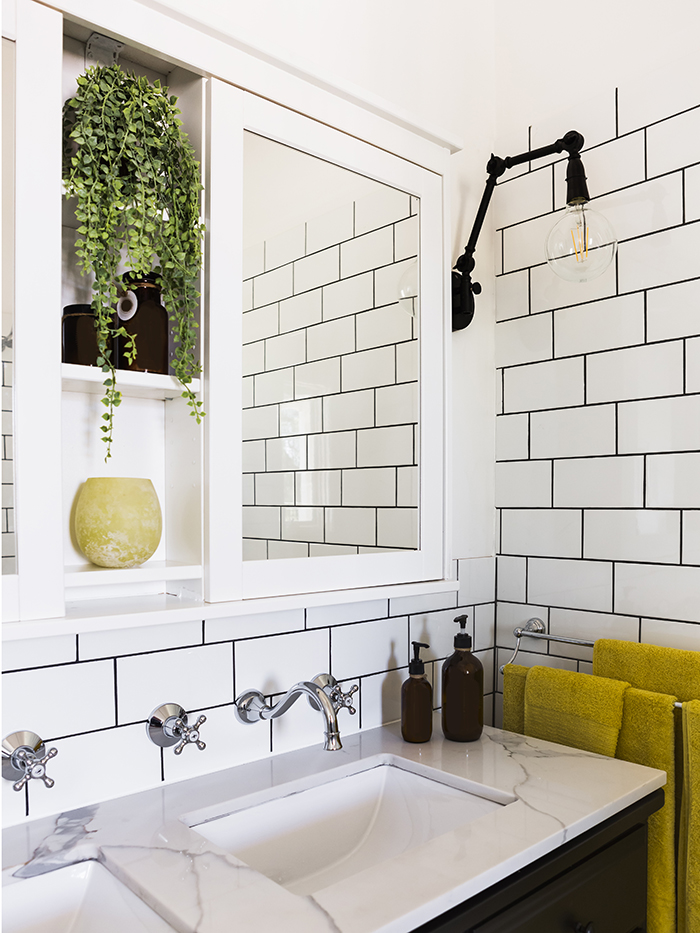
1. Phthalates
"Phthalates are a large group of chemicals, including dibutyl phthalate (DBP), diethylhexyl phthalate (DEHP), diethyl phthalate (DEP), dimethyl phthalate (DMP), and butyl benzyl phthalate (BBP). DBP, DEHP, and BBP are banned in the European Union from use in cosmetics due to their potential to disrupt the endocrine system and cause birth defects,” says Petschke. “DEP is commonly used as a fixative in synthetic fragrances. There is some evidence that it may interfere with the normal function of the endocrine system and cause birth defects in animals."
2. Synthetic Fragrance
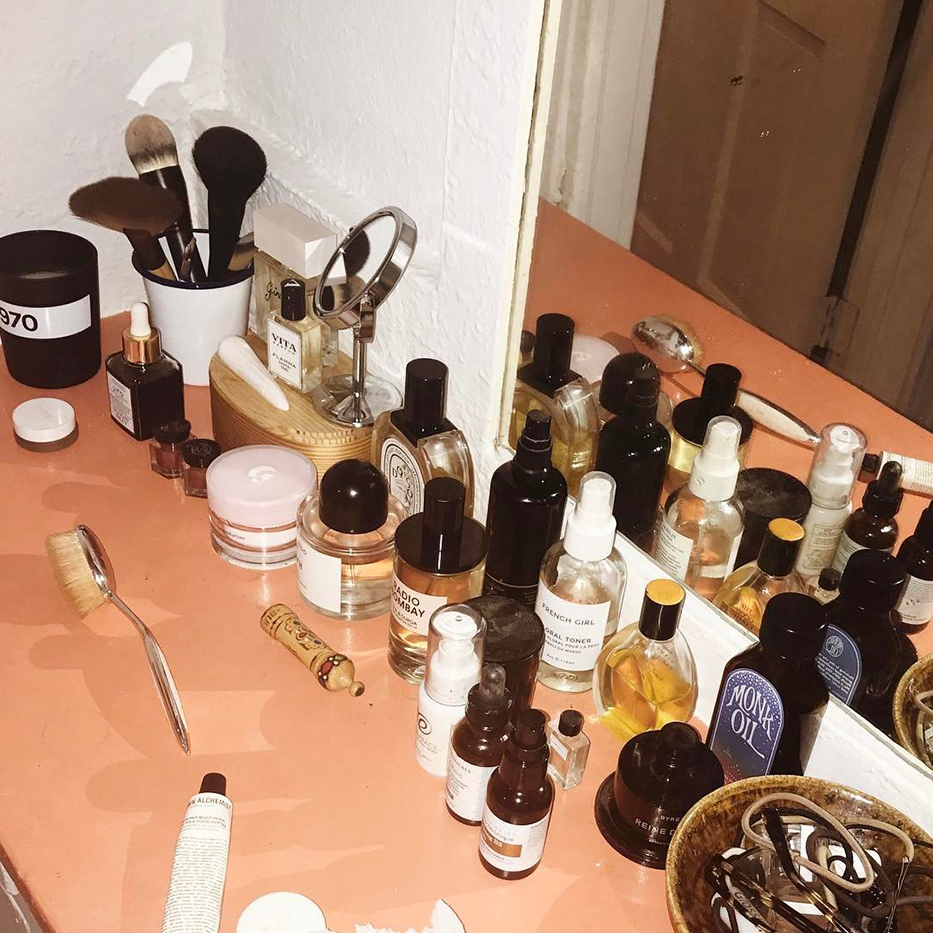
“Synthetic fragrances are chemical mixtures used in cosmetic products to create or mask a specific scent,” says Petschke. “The FDA does not require the disclosure of individual ingredients used to create fragrances. Many ingredients of fragrances are associated with contact allergy and may contain the endocrine disruptor DMP.”
3. Parabens
“There are many (for example, methylparabens, propylparabens, butylparabens, and ethylparabens) often found in personal-care formulas,” says Tina Hedges, industry veteran and founder of Loli Beauty. “They are used to prolong shelf life as a preservative. Some research has indicated that parabens have been linked to breast cancer."
4. Propylene Glycol
“This is a very common stabilizer and preservative that’s also a known skin irritant,” says Hedges. “Definitely avoid it if you have skin conditions like rosacea, psoriasis, or sensitive skin.”
5. "Water"
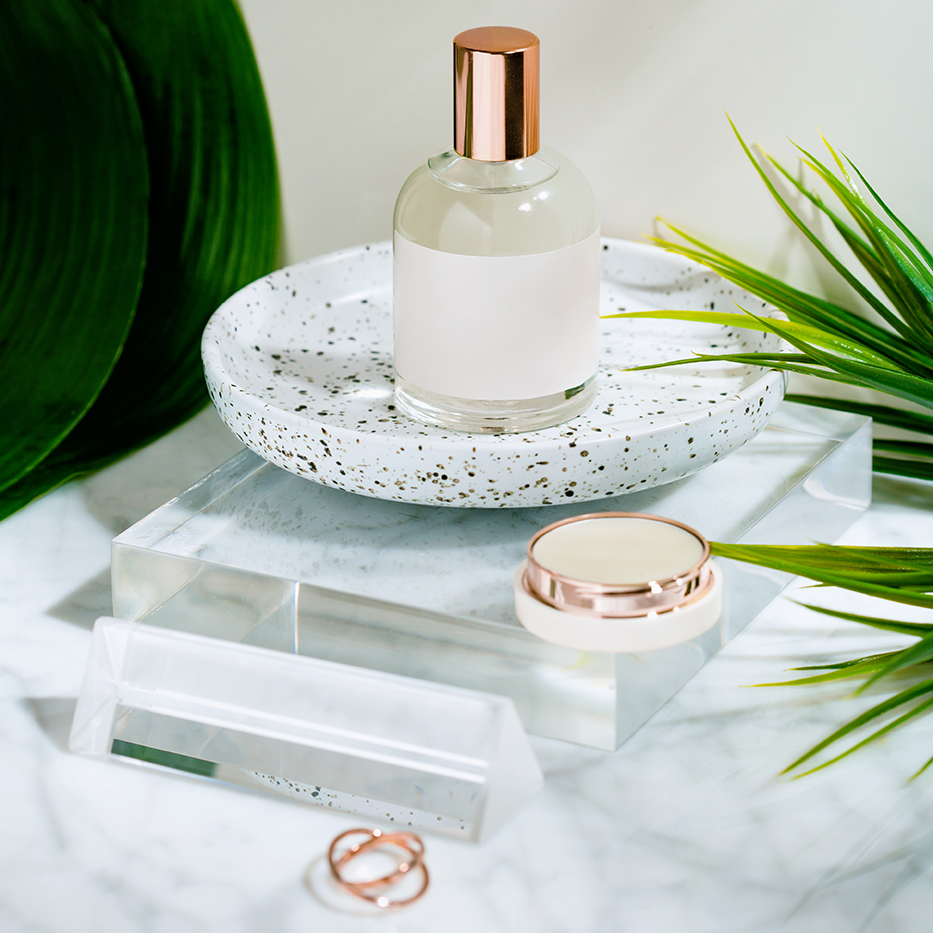
“Check the ingredient lists,” says Hedges. “Most beauty products are made with [water] up to 95% of the whole product. First of all, this means that the product’s actives are super diluted. Even worse, while most reputable beauty companies do use purified water, some do not. This means the water could be tap water, contaminated with heavy metals or chlorine.”
6. D&C Red 27
“Many synthetic colorants that are approved by the FDA are banned in [the] EU, as they can be made from coal and tar,” says Hedges.
Not to raise all the alarm bells, but do keep in mind that this is not at all an exhaustive list. To do more of your own research on ingredients to avoid, hit up resources like the EWG.
Next up: Trainers think this is the worst food you can eat before a workout.
Disclaimer
This article is provided for informational purposes only and is not intended to be used in the place of advice of your physician or other medical professionals. You should always consult with your doctor or healthcare provider first with any health-related questions.
